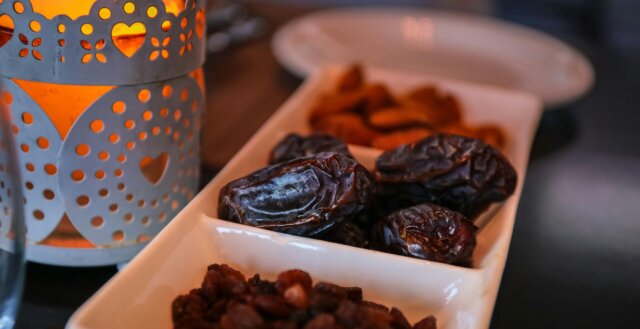- Civil: civil@qsc.law
- Crime: crime@qsc.law
- Employment: employment@qsc.law
- Family: family@qsc.law
- Civil: civil@qsc.law
- Crime: crime@qsc.law
- Employment: employment@qsc.law
- Family: family@qsc.law
Hot-tubbing: still an expensive investment but not without its benefits
A hot-tub: a large tub filled with hot aerated water used for recreation or physical therapy (Oxford English Dictionary).
Or, as many of us practicing in clinical negligence and personal injury are aware, it describes the process of experts giving evidence concurrently by way of a discussion chaired by the judge. The aim is to facilitate cooperative discussion in an attempt to narrow issues, enabling experts to respond directly to each other on each particular point that arises.
Whilst such a process was being adopted informally in specialist courts where expert evidence was being given on highly technical points, the formalised introduction of hot-tubbing came in 2013. The main aim behind this introduction was to reduce costs. Was this aim met?
As somewhat of a novel procedure in the English courts the Civil Justice Council’s Civil Litigation Review Working Group conducted a study into the effect of using such a procedure.
The working group has recently published their report: https://www.judiciary.gov.uk/wp-content/uploads/2011/03/cjc-civil-litigation-review-hot-tubbing-report-20160801.pdf
To summarise their findings:
Time Saving
Judges were largely of the opinion that trial time was saved by the process of hot-tubbing. However there may not have been saving of time during trial preparation. In some cases, the time required to prepare the case sufficiently for such questioning by the judge may have actually outweighed the saving in time at trial. Practitioners were less convinced of the time saving with only 56% considering that hearing time was saved.
Improving the Quality of Evidence
The vast majority of judges and practitioners considered that the quality of the expert evidence was improved. Experts agreed but with a less convincing majority. Although they did consider that it made their evidence more intelligible to the court.
Assisting the Court
Strikingly, 100% of judges and 94% of practitioners felt that hot-tubbing had assisted the court in determining disputed issues of expert evidence.
NOT Cost Saving
This was perhaps the most fundamental finding given that this was the real basis for formal implementation of the process. Over two thirds of judges and practitioners considered that no cost saving had been made. When read in conjunction with the time saving point above, one can even surmise that in some cases costs were increased, albeit that the allocation of such a cost would be to the tax payer rather than the parties.
Clearly hot-tubbing does have its benefits although it does not achieve the aim of cost saving that Jackson had in mind with his reforms.
That is not to say that there is no value in the process. Quite the opposite. Perhaps with some improvements to the process it could become invaluable.
The working group suggested a number of improvements that would both encourage and streamline hot-tubbing further.
The working group suggested the following may be of some benefit:
A training video for judges in addition to the proposed training scheme.
They considered that there would be considerable benefit in flagging up the possibility of hot-tubbing in the Directions Questionnaire so that the issue is considered early on in the case. This should then be followed up in the Pre-Trial Checklist.
Amendment to PD 35.11 to better reflect that hot-tubbing is only one form of concurrent expert evidence. Sequential, back-to-back, evidence is another important format of concurrent evidence. The ‘teach-in approach’ has great benefits for the right type of case. The court may give directions for any of these processes to be used at trial.
A guidance note for judges and practitioners which sets out the different way in which expert opinion may be adduced and identify factors which might indicate whether a direction for judge-led joint expert examination might be appropriate,
An Information Note for expert witnesses. Helpfully, they have appended such a note to their report which may be of use to practitioners utilising hot-tubbing.
A uniform description of the process in the Court Guides as there is currently some variation in the description of the process.
It therefore remains a process of considerable benefit in the right cases and with some fine tuning the cost saving may be achieved in the long term.
For those unfamiliar with the different variations of concurrent evidence that can be utilised the working group helpfully provided their proposed guidance note for judges and practitioners at Appendix B pages 73-78 and I would urge reading the document.
Would you like to know more?










